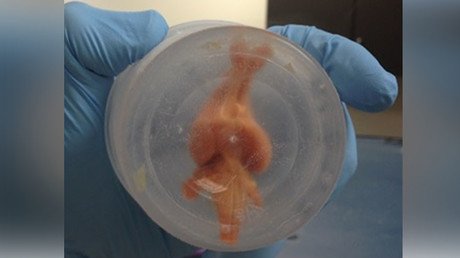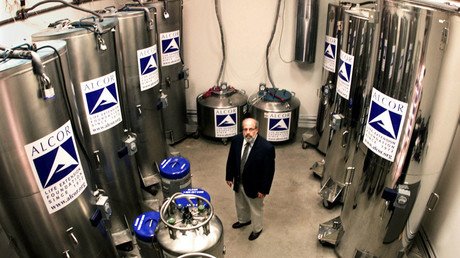‘Stored in giant thermos bottles’: How a 'cryonics club' freezes people for the future (AUDIO)
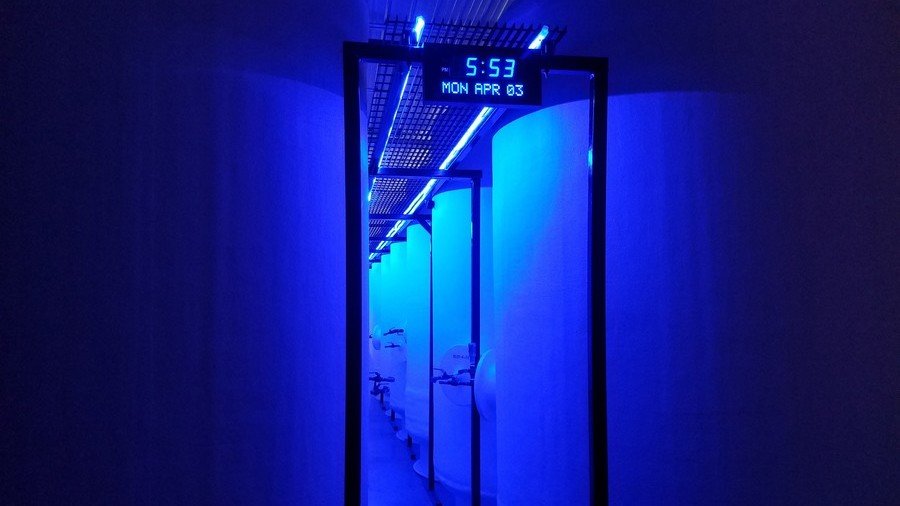
Steeped in liquid nitrogen, 92-year-old Robert Ettinger is waiting patiently to wake up. The academic is one of 165 bodies held by the Cryonics Institute, which stores the dead ‘on ice’ in the hope they might one day live again.
Located in Michigan, the Cryonics Institute is one of the foremost names in the business of freezing people and pets that have bitten the dust. The non-profit, which charges members US$28,000 for whole body preservation, was founded by the ‘father of cryonics’ Ettinger in 1976.
Authoring ‘The Prospect of Immortality,’ which discussed the possibility of a limitless life, Ettinger himself went into a deep freeze at the institute in 2011. Like all of the Institute’s deceased members, his body is interred within a cryostat chamber at temperatures below minus 150 degrees celsius, not to be seen again until the day when, as he once wrote, “our friends of the future should be equal to the task of reviving and curing us.”
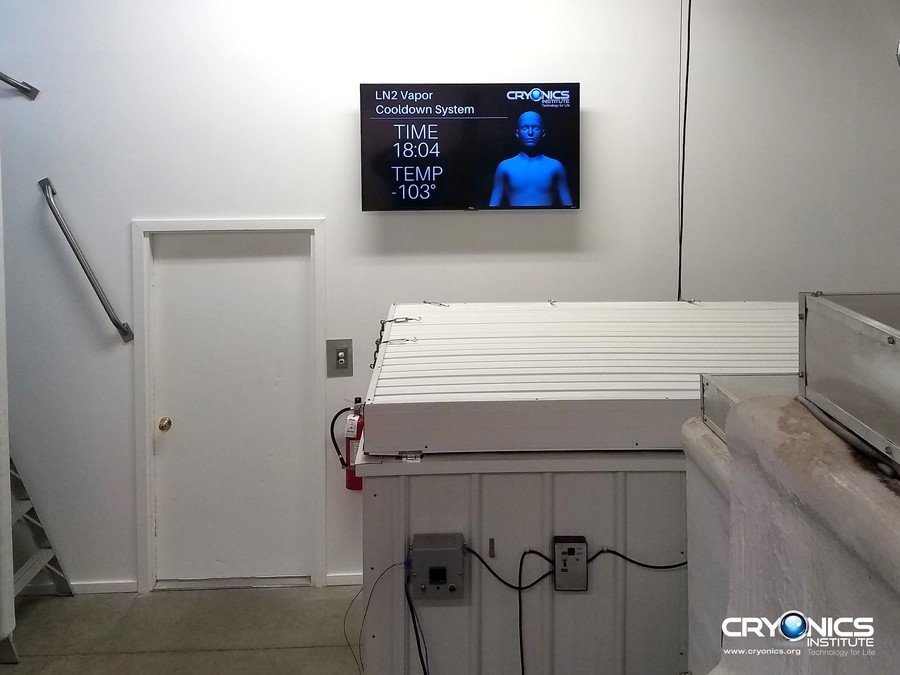
For some, cryonics is a “false science” - living off hope and wishful thinking, rather than fact and reason. Indeed, the industry has yet to achieve more than the preservation of its human test subjects. But advocates in the science community are hopeful, despite the uphill task of convincing sceptics, that there will one day be a cure for death.
READ MORE: ‘Any option is better than death’: Cryogenics scientist to RT
Cryonics Institute President Dennis Kowalski is one such optimist, taking in small victories in animal research, and examples from mother nature, as hope for a second chance at life.
He describes cryonics as “an ambulance ride to the future” - citing wood frogs, which can freeze and thaw in the winter, as well as the preservation of synapses in a rabbit’s brain, as reasons to be optimistic.
“Our goal is life expansion,” Kowalski told RT.com. “So really in that respect we are no different than traditional medicine. We’re not trying to raise the dead anymore than a paramedic might try bring someone back from cardiac arrest by doing CPR.”
Our interview comes in the weeks after Nectome, a new kid on the block in terms of staving off death, pitched the idea of preserving people’s brains for eventual upload to computers. Getting your name on the waiting list reportedly requires a $10,000 deposit. Controversially, Nectome requires customers to agree to being euthanized, something the Cryogenics Institute wants to steer clear from - for now.
“I know that Nectome are involved in preserving the brain for uploading. Personally, I’ve got a problem with that. We’re not interested in making a copy of you onto a computer at all. Some of our members might be but the vast majority of us want to really come back,” Kowalski states.
“There is an argument that if you were terminal, you had no quality of life and you had no other option, could you make the choice of euthanasia? I would personally advocate for that but the Cryonics Institute doesn’t, because we don’t want to get mixed up in the debate. We’re only operating within the limits of the law now.”
Kowalski adds: “If someone tries to illegally euthanize themselves we’re not going to accept them as a patient. But if laws change and people euthanize themselves because of a terminal illness… then certainly we would be there for them.”
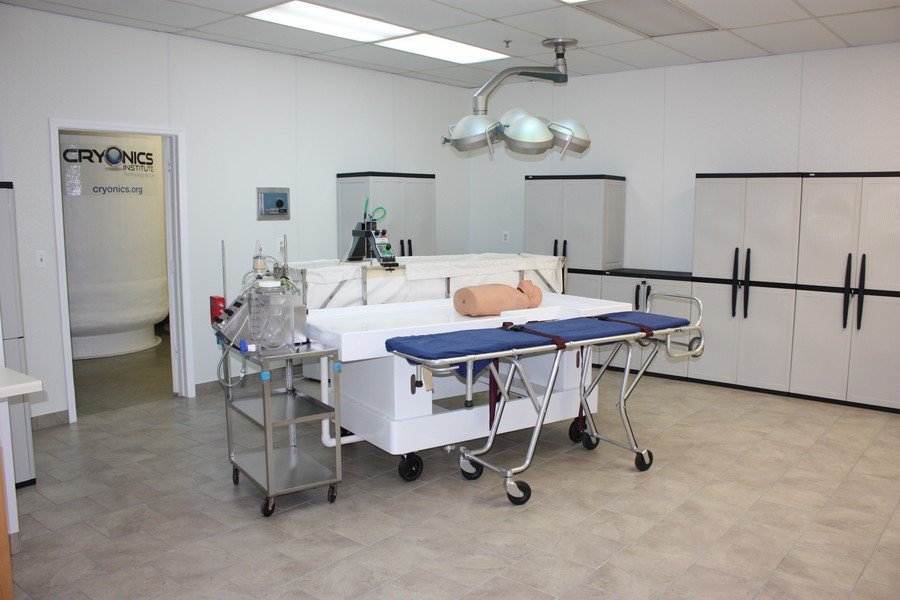
Freezing the dead
Of course, there is more to cryonics than extreme cold storage in “giant thermos bottles.” It involves a number of chemicals to enable vitrification - the cooling of cells without the existence of damaging ice. Among the succession of drugs given to the dead is heparin - an anticoagulant to decrease blood clotting - which is pumped around the dead patient’s remains.
Aside from a regular top-up of liquid nitrogen, what keeps the patients stored is the US$28,000 fee that the institute charges each member when the time comes.“That’s the price. Most people fund it through life insurance, so it’s very obtainable for say a middle class person,” Kowalski explains.
READ MORE: Frozen rabbit brain brought back in ‘near perfect’ condition in cryonics breakthrough
“A large portion of the money - over $20,000 - goes into an endowment fund. The endowment fund gets invested. We don’t touch the principle. The interest on the investment is what pays for the overheads - taxes, utilities, salaries and liquid nitrogen, and that’s the way it’s been working since 1976.”
So how confident is Kowalski that the Institute’s methods provide people with the best opportunity to come back?
“Well that’s the million dollar question. We don’t know but that’s what we’re betting the house on. It’s a bet where the only other option is guaranteed oblivion.
“Our members are fully aware that this is a research program. They are donations to science. We’re not selling a drink at the fountain of youth or snake oil elixir. What we’re saying is science tells us that cells do not degrade at liquid nitrogen temperatures. So that gives us hope.
“Anyone who says that cryonics is impossible is not a scientist - or they’re at least not practicing scientific method.”
‘Mish mash of science, lazy metaphysics’
There is an issue with cryonics, however, which is that it has never been seen through until completion. Dr Michael Hendricks, neuroscientist at McGill University, believes the idea to be a a “mish-mash of real science, made-up science, [and] lazy metaphysics.” It could actually be more of a hindrance to the future than a help, he says.
“The usual trans-humanist dodge is ‘we can’t imagine the power of future technology and therefore we can assume it is unlimited,’” he told RT.com.
“Overall, cryogenic storage is useful for things like preserving viable cells, tissues, organs for transplants and things like that. But this reanimation or uploading immortality stuff is just a sad sideshow used to take money from people who are afraid and/or making end-of-life decisions. And obviously it’s just my opinion, but burdening future generations with our brain banks is comically arrogant.”
He believes any organizations seeking to profit off cryonics are engaged in “medical hucksterism.”
“They have facilities containing very cold dead people (or their very cold heads) who will always be dead,” he added.
“Companies that offer any kind of life-extension based on reanimation or uploading have to assume that whatever far-future technology is invented just happens to be back-compatible with brain preservation technology from 2018. I mean, I have lab equipment less than 10 years old that are obsolete and unusable.”
Think your friends would be interested? Share this story!














